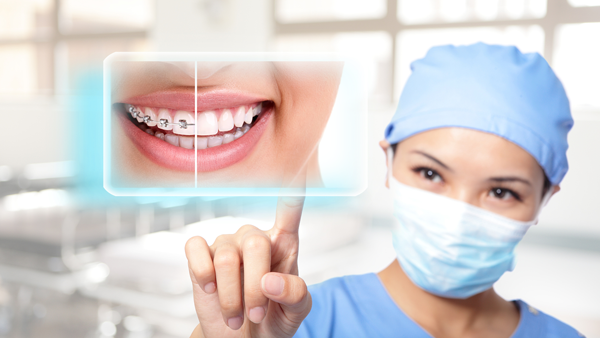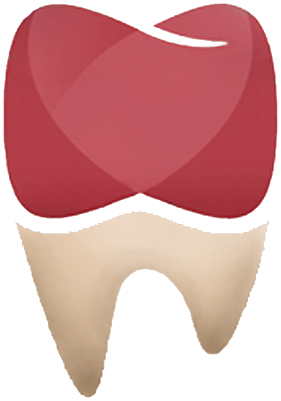

Orthodontics
A special branch of dentistry which deals with problems related to the alignment of the teeth and jaws. This includes malocclusion (bad bite), misaligned jaws, e.g. temporomandibular jaw disorder (TMJ) and bruxism (teeth grinding).
Most treatments are designed as a form of correction, especially in the case of crooked or protruding teeth. But cases of malocclusion are often categorised as cosmetic dentistry in that they often form part of a ‘smile makeover’ package.
There are people who undergo this treatment to improve the appearance of their teeth on purely elective grounds.
There are several benefits to having well aligned teeth which include a reduced risk of tooth decay and other conditions caused by out of place teeth.
The most popular form of orthodontic treatment is a dental brace.
Most treatments are designed as a form of correction, especially in the case of crooked or protruding teeth. But cases of malocclusion are often categorised as cosmetic dentistry in that they often form part of a ‘smile makeover’ package.
There are people who undergo this treatment to improve the appearance of their teeth on purely elective grounds.
There are several benefits to having well aligned teeth which include a reduced risk of tooth decay and other conditions caused by out of place teeth.
The most popular form of orthodontic treatment is a dental brace.
Types of dental braces
There are different types of braces which are suitable for both adults and children.
These include:
• Invisible braces
• Fast acting braces
• Cosmetic braces
• Conventional braces
• Braces for children
Braces for children and teenagers are discussed further in a separate section.
These include:
• Invisible braces
• Fast acting braces
• Cosmetic braces
• Conventional braces
• Braces for children
Braces for children and teenagers are discussed further in a separate section.
Who is suitable for a brace?
Dental braces can be worn by children as young as 8. In fact, children benefit more from wearing a brace as the bones in their face are still growing and respond better to a brace.
But adults can also benefit. A brace will realign crooked or protruding teeth which improves both their appearance and function.
Modern dental braces are comfortable to wear and less noticeable than before. There are clear or invisible braces which are worn over the teeth and are practically undetectable to the naked eye.
But adults can also benefit. A brace will realign crooked or protruding teeth which improves both their appearance and function.
Modern dental braces are comfortable to wear and less noticeable than before. There are clear or invisible braces which are worn over the teeth and are practically undetectable to the naked eye.


